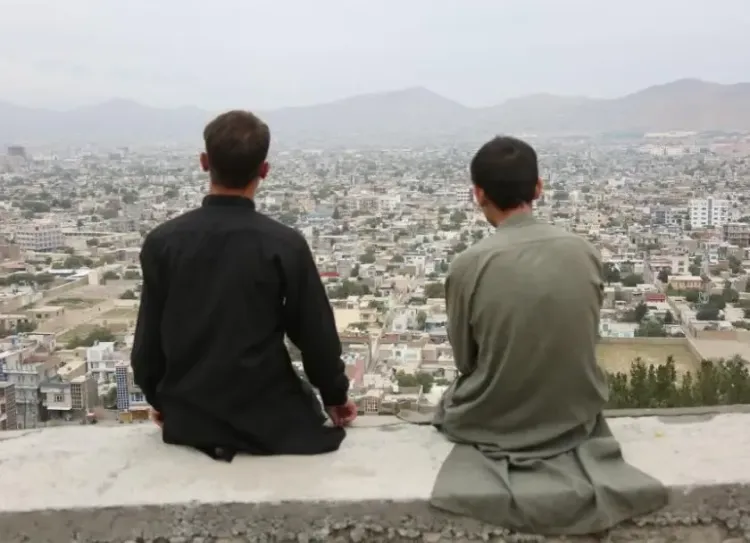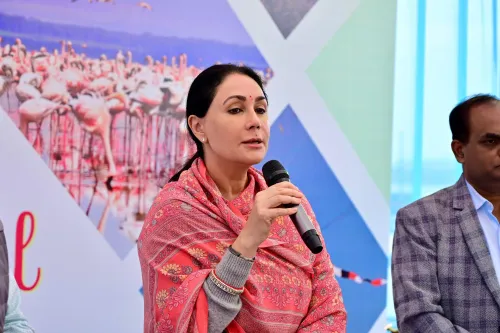Is Internet Now Back in Afghanistan's Kandahar?

Synopsis
Key Takeaways
- Internet services have been restored in Kandahar after a week-long suspension.
- Essential government departments are now operational.
- Construction of 18 new school buildings in Paktia enhances local education.
- The Afghan government is focusing on economic self-sufficiency and job creation.
- Investment in the iron-smelting sector has surpassed $500 million.
Kabul, Sep 22 (NationPress) After a prolonged suspension lasting nearly a week, authorities have successfully reinstated internet services for specific government departments within Afghanistan's southern Kandahar province, as confirmed by Mullah Noorullah Nuri, the provincial director for communication.
Point-to-point internet services have been reestablished for various government offices, including banks, customs, and the Directorate for National ID Cards, facilitating the smooth operation of their daily activities, stated the official.
Last Wednesday, local media outlets reported that fibre optic services had been halted in multiple provinces, including the northern Balkh, Baghlan, Takhar, Kunduz, and southern Kandahar, citing the need to investigate “immoral activities.”
In a related development, the Ministry of Economy announced on Monday that the construction of 18 school buildings has been completed in eastern Afghanistan's Paktia province, thereby enhancing educational facilities for local communities.
These projects, funded by the Asia Community Development Organisation at a cost of nearly 196 million afghani (over 2.9 million US dollars), have been executed in Gardez, the provincial capital, and its surrounding districts.
Moreover, the Ministry of Education has bolstered access initiatives by establishing 472 community-based classes in adjacent Logar province, aiming to educate approximately 17,000 previously underserved children at the primary level, as reported by Xinhua news agency.
Furthermore, the Afghan government is actively promoting both domestic and foreign investments to address poverty, generate employment opportunities, and strengthen economic self-reliance.
Last week, Abdul Nasir Reshtia, the chairman of the iron-smelting union, declared that a total of 45 significant iron-smelting plants are currently operational in Afghanistan, with investments exceeding 500 million US dollars in this sector, thus achieving full self-sufficiency.
He emphasized the industry's expansion, noting that nearly 20,000 Afghans are directly employed, while an additional 50,000 benefit indirectly through ancillary jobs.
Over the past year, the country has exported 210,000 tons of iron to Turkmenistan and Pakistan, highlighting its emerging significance in regional trade, as noted by Reshtia.
According to official data, approximately 6,000 industrial factories are operational nationwide, propelling Afghanistan towards full self-sufficiency in 130 sectors and partial self-sufficiency in another 100.










